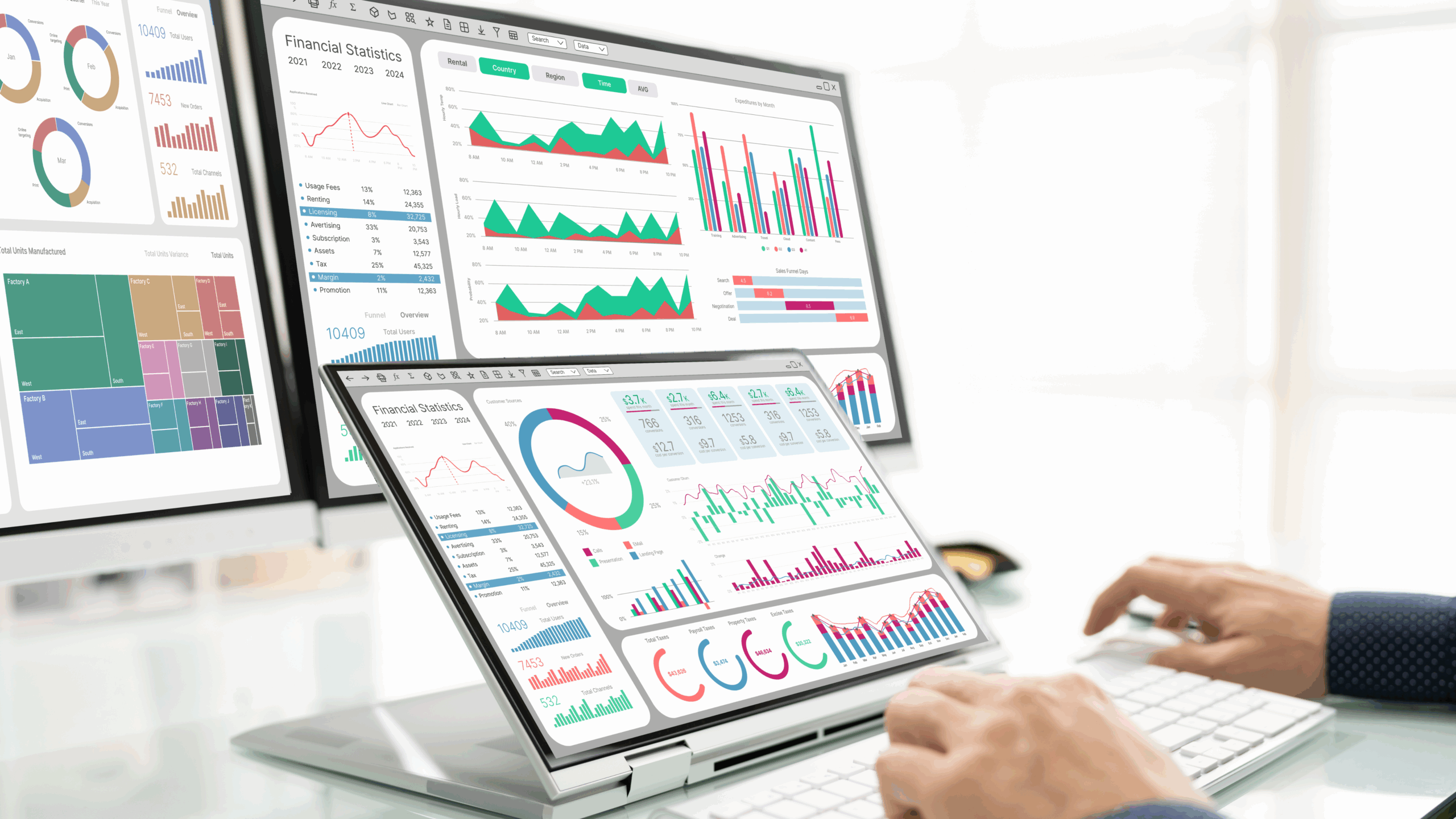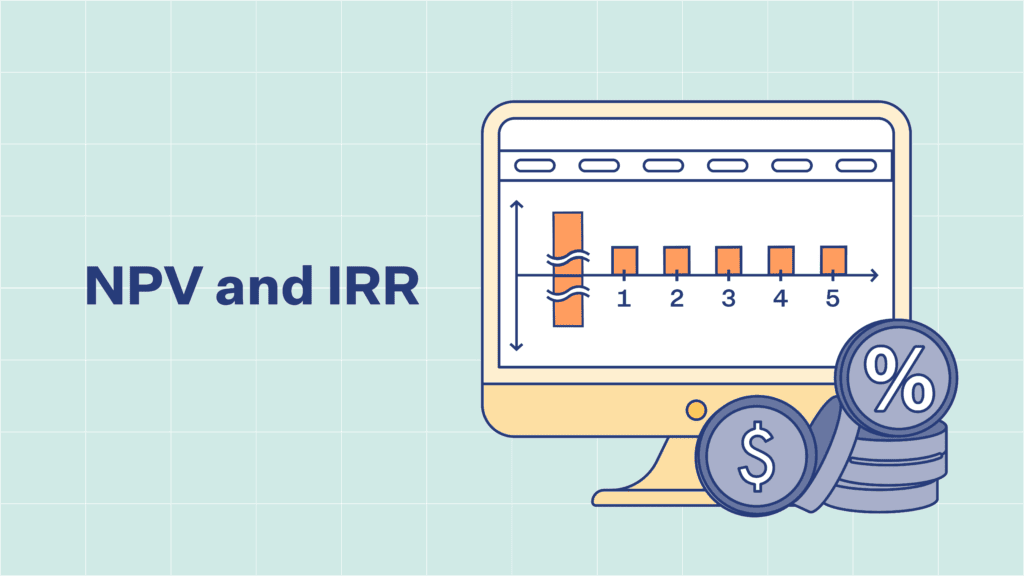Introduction
For anyone stepping into the world of finance, financial modeling can feel like a complex and technical skill to master. But here’s the good news: with the right approach, financial modeling for beginners can be both accessible and incredibly rewarding. At its core, financial modeling is simply the process of building a tool—typically in Excel—that represents a company’s financial performance. Financial models help us make sense of a business’s past, predict its future, and ultimately make smarter financial decisions.
This skill is highly valued across industries like corporate finance, investment banking, and consulting because it offers a systematic way to understand and forecast financial outcomes. If you’re new to finance or just getting started, learning financial modeling basics can open doors to exciting opportunities, allowing you to analyze investments, evaluate business ideas, and contribute meaningfully to strategic decisions.
Throughout this guide, we’ll introduce essential financial modeling tips to help you understand key concepts, master beginner financial modeling techniques, and build confidence with practical tools. To make the learning process even more hands-on, FinWiser offers beginner-friendly templates like the Discounted Cash Flow (DCF) Valuation Model and the Biogas Plant Financial Model. These tools offer structured, real-world examples that make learning and practicing financial modeling techniques easy and relevant to industry scenarios.
Whether you’re aiming to understand how to start financial modeling or sharpen your skills in Excel for financial modeling, we’re here to guide you every step of the way. Let’s dive into the foundational concepts and practical tips that will set you on the path to financial modeling success!
Understand the Basics of Financial Modeling
Before diving into techniques, it’s essential to grasp what financial modeling truly entails. In simple terms, a financial model is a structured tool—often created in Excel—that represents a business’s financial situation. Financial models allow us to predict outcomes based on different scenarios, from assessing a new investment to valuing a business or forecasting future earnings.
Financial modeling for beginners starts with understanding the core functions of a model: to analyze, project, and make decisions. Most models rely on data from the key financial statements—the income statement, balance sheet, and cash flow statement—to create a full picture of a company’s financial health. This way, even a simple model can help answer crucial questions like, “How profitable is this project?” or “What impact would a 10% increase in costs have on cash flow?”
For example, if you’re working on understanding project valuation, a model like FinWiser’s Discounted Cash Flow (DCF) Valuation Model can help you forecast cash flows and assess a business’s worth based on future potential. This model introduces you to financial modeling basics like revenue forecasting, expense tracking, and calculating key metrics, which are the building blocks for more advanced techniques.
In financial modeling, it’s crucial to make reasonable assumptions and keep models flexible so that you can update them as real-world conditions change. FinWiser’s Biogas Plant Financial Model offers a structured yet adaptable template, giving beginners a chance to see how changes in costs or revenues can affect overall project performance. Working with such structured templates from FinWiser can ease the learning curve and provide valuable practice in real-world financial modeling applications.
With a solid understanding of financial modeling basics and practical tools like those from FinWiser, you’ll be well on your way to building effective and insightful models. Next, let’s look at why Excel for financial modeling is such an important tool.
Get Familiar with Excel
When it comes to financial modeling, Excel is the tool of choice for beginners and professionals alike. Learning Excel for financial modeling is essential because of its versatility, ease of use, and ability to handle complex calculations. Mastering a few basic Excel functions—such as SUMIF, VLOOKUP, and pivot tables—will make it easier to organize data, perform calculations, and analyze results.
Let’s say you’re analyzing the profitability of a new retail store location. By using Excel functions like VLOOKUP to pull in relevant data, SUMIF to calculate totals, and pivot tables to organize financial data, you can create a clear picture of the location’s potential profitability. Many companies use Excel for this kind of forecasting, and learning how to apply these tools early on will give you a major advantage in building financial models.
FinWiser’s Discounted Cash Flow (DCF) Valuation Model is built to work seamlessly with Excel, making it an excellent tool for beginners who want to practice financial modeling basics within a structured framework. By experimenting with this model, you can gain hands-on experience adjusting variables like revenue and expenses to see how they impact overall valuations. Additionally, the Biogas Plant Financial Model from FinWiser includes templates and formulas that let you apply Excel functions for more complex scenarios, such as projecting cash flow or calculating operational expenses.
Excel is not just a spreadsheet tool—it’s a powerful resource for financial modeling that, when combined with structured models from FinWiser, can help beginners build confidence and accuracy. By starting with Excel basics and practicing with real-world models, you’ll develop a strong foundation for more advanced financial modeling techniques.
Know Your Key Financial Statements
To build a solid financial model, you must understand the key financial statements: the income statement, balance sheet, and cash flow statement. Each statement provides unique insights into a company’s financial health and plays an essential role in effective financial modeling for beginners.
Income Statement: This statement shows a company’s revenues, expenses, and profits over a specific period. Understanding the income statement is crucial for calculating profitability and tracking how efficiently a business generates revenue. For instance, if you’re creating a model for a retail business, the income statement will show you the sales revenue and expenses associated with running the store, helping you understand its profitability.
Balance Sheet: The balance sheet provides a snapshot of a company’s assets, liabilities, and shareholders’ equity at a given point in time. In financial modeling, the balance sheet helps model long-term financial health, showing what a company owns (assets) and owes (liabilities). For example, if you’re working on a financial model for a renewable energy project, understanding the balance sheet allows you to account for the significant initial costs associated with equipment and infrastructure.
Cash Flow Statement: Perhaps the most crucial for cash flow forecasting, the cash flow statement tracks cash inflows and outflows over a period. In financial modeling, this statement helps analyze liquidity and cash position. If a project is expected to have high initial costs but generate steady cash flow later, the cash flow statement will reveal how much cash is available to cover early expenses.
By combining these three statements, you can build a more complete and accurate financial model. For beginners, using structured models like FinWiser’s Discounted Cash Flow (DCF) Valuation Model and Biogas Plant Financial Model provides valuable practice with integrating all three statements. These models from FinWiser guide users through linking income, balance, and cash flow data, making it easier to understand how each statement contributes to the financial modeling process.
With a strong grasp of these key financial statements, beginners can confidently move forward with financial modeling techniques that bring real insights into a business’s financial health.
Master Fundamental Modeling Techniques
Once you understand the key financial statements, the next step in financial modeling for beginners is to master essential techniques that will allow you to build complete and functional financial models. Here are some of the most important techniques to get started:
Linking Financial Statements: In a financial model, the income statement, balance sheet, and cash flow statement are interconnected. For example, net income from the income statement links to the balance sheet and cash flow statement, impacting shareholders’ equity and cash flow. Mastering this linking process gives you a clear view of how different parts of a business interact financially.
Building Assumptions: Every model relies on assumptions about future growth, costs, and other factors. Beginners should focus on creating realistic and well-researched assumptions for projections. For instance, if you’re modeling a project in the renewable energy sector, you might assume a certain annual growth rate in revenue based on market research or historical data. Assumptions form the foundation of your financial model and heavily influence its accuracy.
Projecting Cash Flows: Cash flow projections are crucial for assessing a company’s ability to meet expenses and generate returns. Beginners can practice cash flow forecasting with FinWiser’s Biogas Plant Financial Model, which guides users through the steps of projecting cash inflows and outflows. Using a structured model from FinWiser allows beginners to see how variables like revenue, operating expenses, and capital expenditures interact within a financial model.
Calculating Key Metrics: Key metrics such as EBITDA, net income, and free cash flow help measure a company’s performance. FinWiser’s Discounted Cash Flow (DCF) Valuation Model provides a framework for calculating these metrics, allowing beginners to practice deriving critical insights from their models. Understanding these metrics helps you assess profitability, liquidity, and overall financial health.
To put these techniques into practice, using tools like FinWiser’s structured models—such as the DCF Valuation Model and the Biogas Plant Financial Model—is ideal for beginners. These models are designed to introduce fundamental techniques step-by-step, making it easier to build accurate and functional financial models. By mastering these core skills, beginners can start creating models that provide actionable insights and drive smart financial decisions.
Practice with Real-World Scenarios
One of the best ways for beginners to gain confidence in financial modeling is through hands-on practice with real-world scenarios. Building models based on actual projects or hypothetical cases helps solidify understanding, test assumptions, and develop accuracy. In financial modeling for beginners, working with realistic data can bridge the gap between theoretical knowledge and practical application.
For instance, let’s say you want to evaluate the potential profitability of a renewable energy project, like a biogas plant. Using FinWiser’s Biogas Plant Financial Model, you can experiment with various financial assumptions, such as projected revenue, operational costs, and initial investment requirements. This structured template from FinWiser provides step-by-step guidance on building a financial model specific to biogas energy, making it an ideal tool for beginners looking to understand sector-specific modeling.
Another approach is to practice discounted cash flow (DCF) valuation on different types of companies or projects. The Discounted Cash Flow (DCF) Valuation Model from FinWiser enables beginners to apply DCF techniques to estimate future cash flows and evaluate a business’s potential worth. This model not only introduces essential financial concepts like discount rates and terminal values but also provides a framework for real-world decision-making in areas such as investment evaluation and project finance.
By practicing with these structured models from FinWiser, beginners can simulate the process of making critical business decisions based on data-driven insights. Real-world practice helps build skills, improve accuracy, and develop the confidence needed to tackle increasingly complex financial modeling tasks.
Conclusion
Developing skills in financial modeling can open up exciting opportunities in finance, from evaluating investments to driving strategic business decisions. For those just starting, mastering the basics of financial modeling—including understanding key financial statements, using Excel effectively, and learning essential modeling techniques—sets a strong foundation for success.
By practicing with tools and real-world templates like FinWiser’s Discounted Cash Flow (DCF) Valuation Model and Biogas Plant Financial Model, beginners can gain hands-on experience that makes learning accessible and practical. These models provide structured guidance, helping you apply essential skills with confidence in realistic scenarios.
Whether you’re aiming to learn financial modeling for beginners or looking to refine your existing skills, resources from FinWiser can be a valuable part of your learning journey. Start building your expertise in financial modeling today, and take the next step toward making smarter, data-driven financial decisions.











